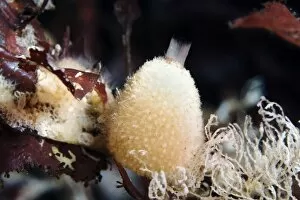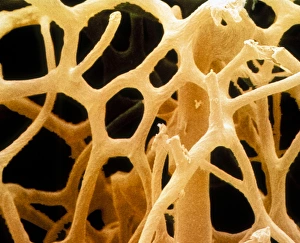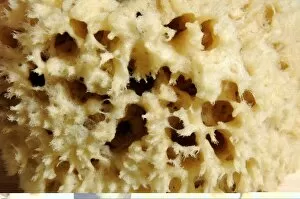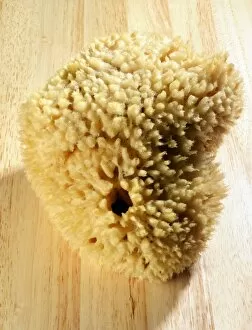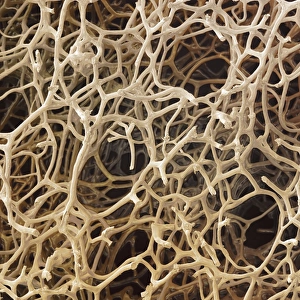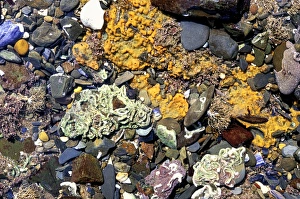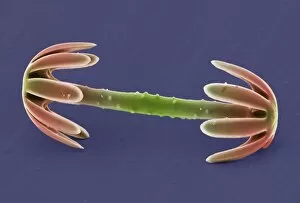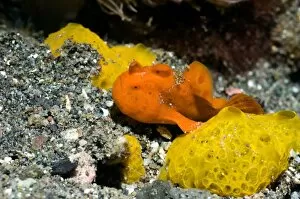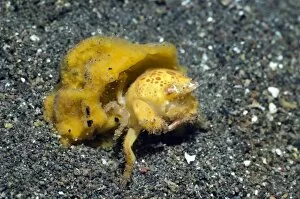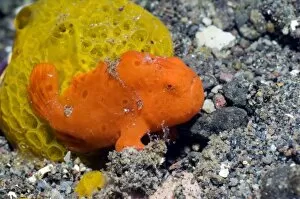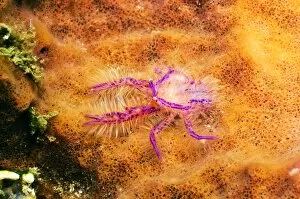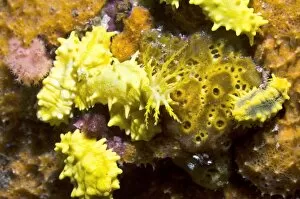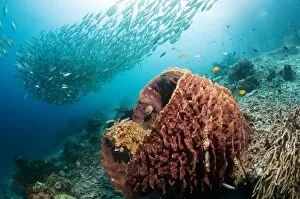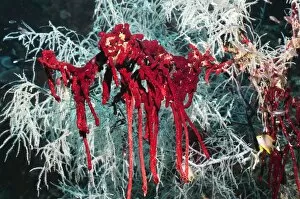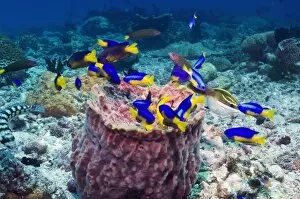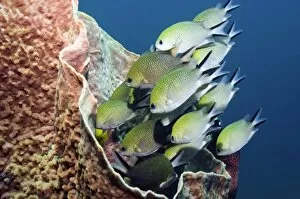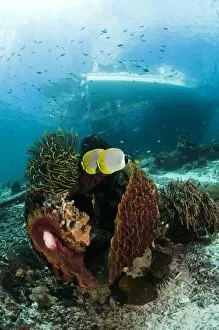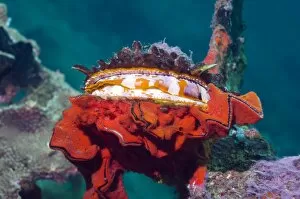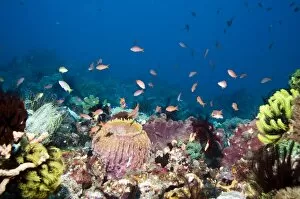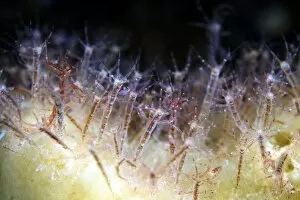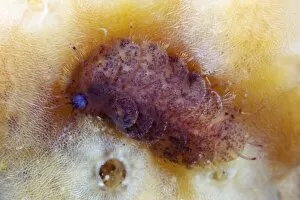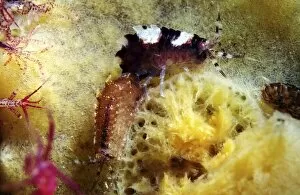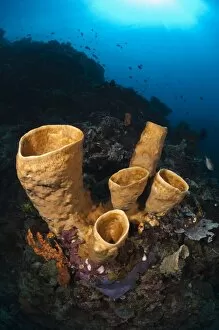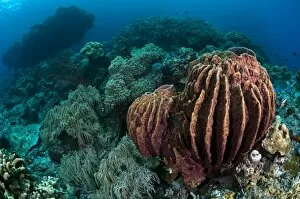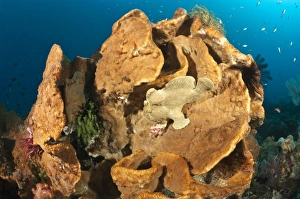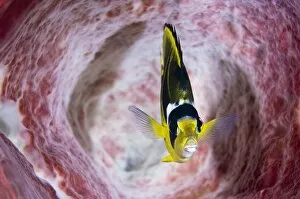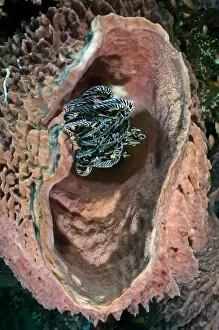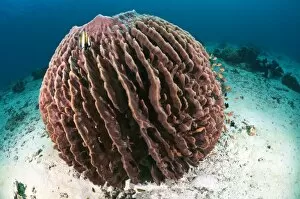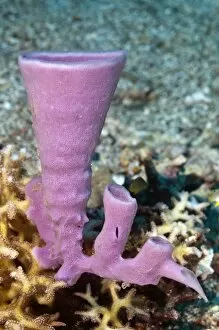Poriferan Collection
Poriferans, commonly known as sponges, are fascinating creatures that inhabit the depths of our oceans
All Professionally Made to Order for Quick Shipping
Poriferans, commonly known as sponges, are fascinating creatures that inhabit the depths of our oceans. One remarkable example is the Sycon sponge, which showcases intricate structures and vibrant colors when observed under a scanning electron microscope (SEM). In this captivating image, we can appreciate the beauty of a natural sponge in all its glory. The symbiotic relationship between sponges and other marine organisms is also evident in this photograph. A nudibranch gracefully perches on top of a sponge, showcasing nature's interconnectedness. This mesmerizing scene reminds us of the delicate balance that exists within coral reefs, where sponges play an essential role. Speaking of coral reefs, they serve as vital ecosystems for countless species. Here we witness a stunning view of a sponge thriving amidst the vibrant corals on a reef. The presence of these natural sponges adds to the diversity and richness found within these underwater wonderlands. Zooming in closer with SEM technology reveals even more wonders hidden within sponges' microscopic world. Sponge spicules come into focus - tiny skeletal elements that provide structural support to these incredible organisms. Through SEM imagery, we gain insight into their intricate design and marvel at nature's attention to detail. These images also shed light on reproductive processes occurring within sponges' lives. Witnessing a sponge releasing sperm highlights their unique method of reproduction and contributes to our understanding of their life cycles. Poriferans or sponges are not only visually captivating but also crucial components in marine ecosystems like coral reefs. From colorful Sycon sponges viewed through an SEM lens to nudibranchs finding refuge on them; from giant barrel sponges adorning reef landscapes to microscopic spicules providing structural integrity – each aspect tells its own story about these extraordinary creatures dwelling beneath ocean waves.

